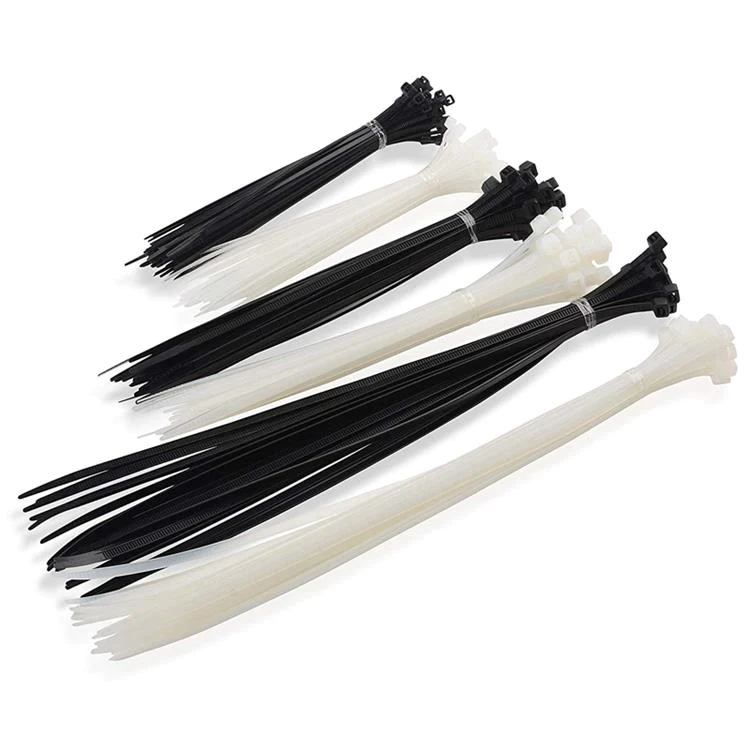How To Use Cable Ties

Cable ties are a versatile and essential tool for many home and professional projects. Whether you’re organizing cords in your home office or bundling wires for an industrial application, learning how to use cable ties correctly is the key to successful projects. In this guide, we’ll teach you all the basics of using cable ties, from selecting the right type for your job to installing them safely.
1.What Are Cable Ties?
Cable ties are simple plastic bands used to bind items together. They are also known as zip ties or tie wraps because of their ability to quickly and securely fasten objects with a single loop. Cable ties are available in a wide range of sizes and colors, making them suitable for a variety of applications.
2.Choosing the Right Type of Cable Tie
When selecting the right cable tie for your project, it’s important to consider the size and strength of the tie as well as the environment in which it will be used. The size of the tie should be proportional to the diameter of the items being bound. Larger ties are better suited for heavier items, while smaller ties can be used for lighter items.
It’s also important to select the right material for your cable ties. Standard nylon ties are affordable and flexible, but they may not be suited for heavy-duty applications or extreme temperatures. Releasable and stainless steel cable ties are more expensive but provide greater durability and strength.
3.Installing Cable Ties
Now that you’ve chosen the right type of cable tie for your project, you’re ready to start installing them. Begin by wrapping the tail of the cable tie around the item you’re binding and pulling the free end through the head of the tie. Make sure you’re not overtightening the tie, as this could damage the item or make it difficult to remove the tie in the future.
Once the tie is secured around the item, you can use a tool like a cable tie gun to cinch the tie even tighter. This tool makes it easy to secure the ties without overtightening them. For added security, use a heavy-duty cable tie to ensure the item is held firmly in place.
4.Troubleshooting Common Problems
Sometimes cable ties can be difficult to install or remove due to environmental conditions. If the tie is too tight or won’t stay in place, try heating it with a heat gun or hair dryer. This will make the plastic more pliable, allowing you to easily adjust the tension on the tie.

If the tie is too loose, try using a larger size or a stronger material. It’s also important to make sure the tie is properly installed and cinched down before securing it in place.

Proper Storage and Disposal Cable ties are designed to be used again and again if stored properly. Store them in a dry, dust-free area away from direct sunlight and extreme temperatures. When disposing of used cable ties, make sure to cut them into small pieces and discard them in the proper receptacles.
5.Conclusion
Cable ties are an indispensable tool for many home and professional projects. Knowing how to choose the right type of tie and install them correctly is important for successful projects. With the tips and tricks outlined in this guide, you’ll be able to confidently use cable ties for your next project.







